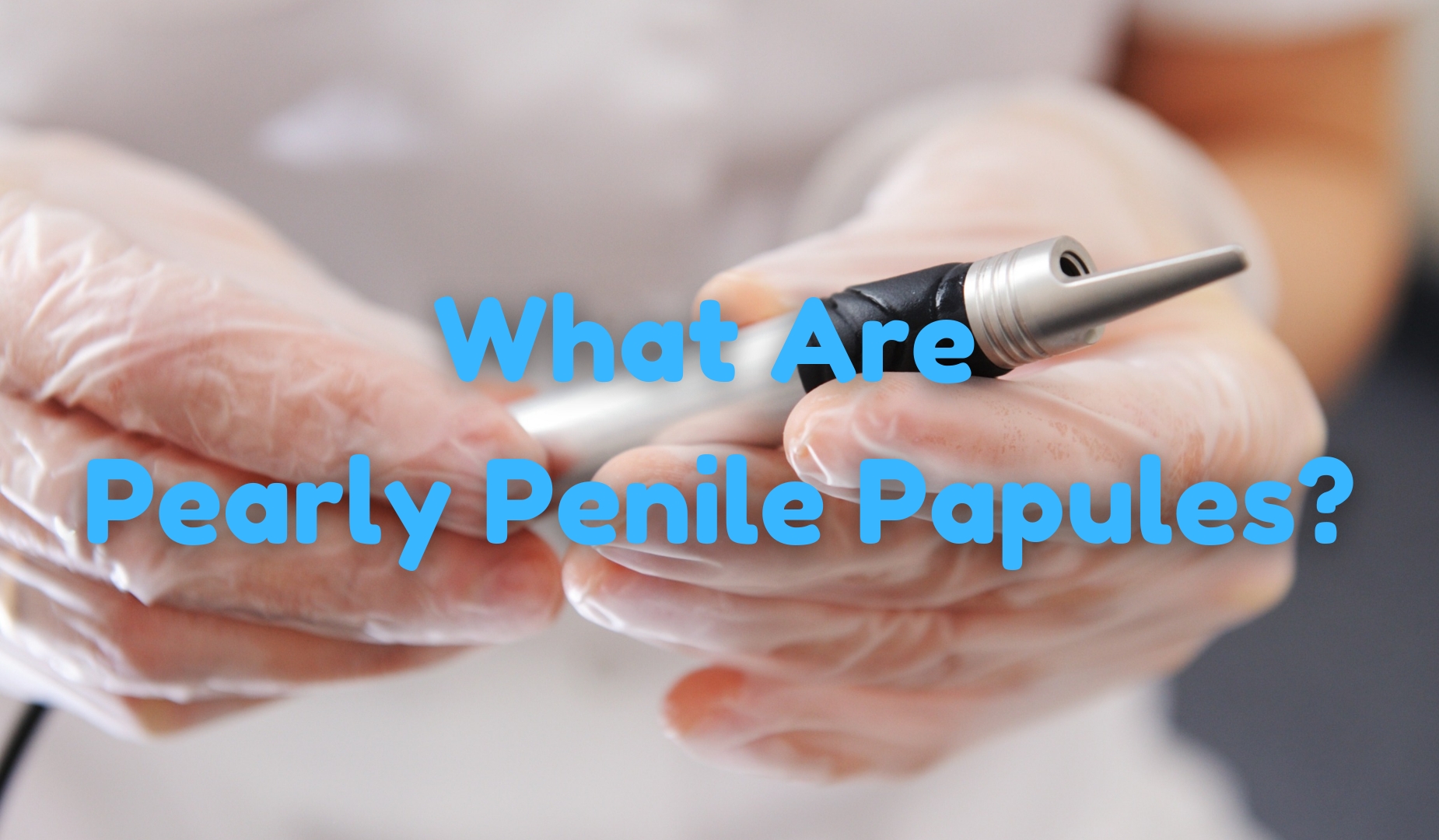Do you observe something odd in your private organ? If you see white, yellow, pink, or skin-colored tiny bumps, you likely have pearly penile papules (PPPs). However, this condition shouldn’t be a cause of major dismay or life disruption. Thus, with the right knowledge about PPPs, you’ll know the next steps and possible treatment options that can help get rid of this problem.
And to help you with, learn more about this common reproductive health condition among men below:
Non-Malignant Skin Growth
Pearly penile papules are non-malignant lesions on the corona or tip of the glans penis or man’s external reproductive organ. For some men, papules can extend to the shaft of the penis. In medical terms, this PPP is also called genital angiofibromas, hirsutoid papilloma, or hirsuties coronae glandis.
Normally Affects Men
Many men notice white spots at the base of their penis’ head at some point in their lives, which may disappear over time. But some men may frequently experience papule growths. A papule refers to an elevated, pimple-like skin growth that doesn’t produce purulent discharge or pus. These small bumps are harmless and fade as a man ages.
Unknown Cause
Experts can’t point out the real cause of pearly penile papules. Having tiny white spots on the penis is a normal observation in men.
Some experts say that PPPs are remnants of men’s embryonic development. Hence, they are normal anatomic conditions.
Treatable
Pearly penile papules are treatable. The common home remedies include applying toothpaste, natural oils, and specialized creams. Many men use toothpaste because they believe it can help dehydrate the papules. Some believe tea tree oil can help prevent further infection, which isn’t the case for PPPs.
Affected men can treat these benign skin growths using carbon dioxide laser treatment, which effectively removes existing papules fast, easy, and pain-free. PPP kits include an electrical ionizer pen to vaporize the PPP, like a laser treatment. They also have anesthetic creams and alcohol wipes for cleaning. But like other treatments, laser treatment doesn’t promise a cure or entirely stop future papule growth. Learn more about PPP kits at pppkit.com.
In-clinic treatment options for PPP include radiosurgery, cryosurgery, and excisional surgery. Radiosurgery uses radiation to create free radicals to attack and fade papules. With excisional surgery, the surgeon uses a scalpel and other traditional tools to get rid of each papule. However, this treatment can cause scarring. On the other hand, cryosurgery utilizes extreme cold, freezing, and making papules disappear.

Not Sexually Transmitted
PPPs are commonly mistaken for sexually transmitted infections (STIs). The signs and symptoms of STIs, like syphilis, gonorrhea, and genital warts, often include skin growth or lumps around the genitals and anus. They can be accompanied by unusual discharge, itchiness, warts, sores, and blisters.
On the other hand, pearly penile papules measure 1 to 2 millimeters wide and 1 to 4 millimeters long. Pearly penile papules aren’t STIs. It means that this condition isn’t contagious. So, men with PPP don’t have to worry about causing infection to their sex partners.
Not Itchy Or Painful
PPPs aren’t itchy or painful. If you have itchy or painful skin bumps, they’re likely caused by allergic reactions, stress, or hives. If you’re unsure what those white spots are, see a doctor for proper assessment, diagnosis, and treatment.
Don’t ignore itchy, painful, or irregularly-shaped skin bumps because they can also be a cause of STIs or cancer. Delaying medical attention may cause further complications and problems.
Bring Negative Psychological Impacts
Most men are conscious about their physique, most especially their genitals. While pearly penile papules aren’t contagious, their mere presence may cause psychological impacts on many men. This condition can affect men’s intimate relationships, especially those already married.
Even single or bachelor men with white spots on their glans penis may feel less confident than those who don’t have. PPP can affect their dating and social life. Some men with PPP are ashamed to see a doctor and self-treat.
They find ways to remove the papules, such as using a tweezer or applying direct heat from matches or lighters. But these methods can cause more harm than good. It’s advisable to undergo in-clinic treatment or proven effective temporary home remedies.
Conclusion
Now that you have a basic knowledge about pearly penile papules, which are normal skin bumps commonly affecting adolescent and adult men. This condition doesn’t cause infection or cancer. If you feel affected by PPP, you can try different treatment options available. In that way, you’ll feel more confident and avoid relationship problems. Moreover, take care of your reproductive health by seeing a professional.
